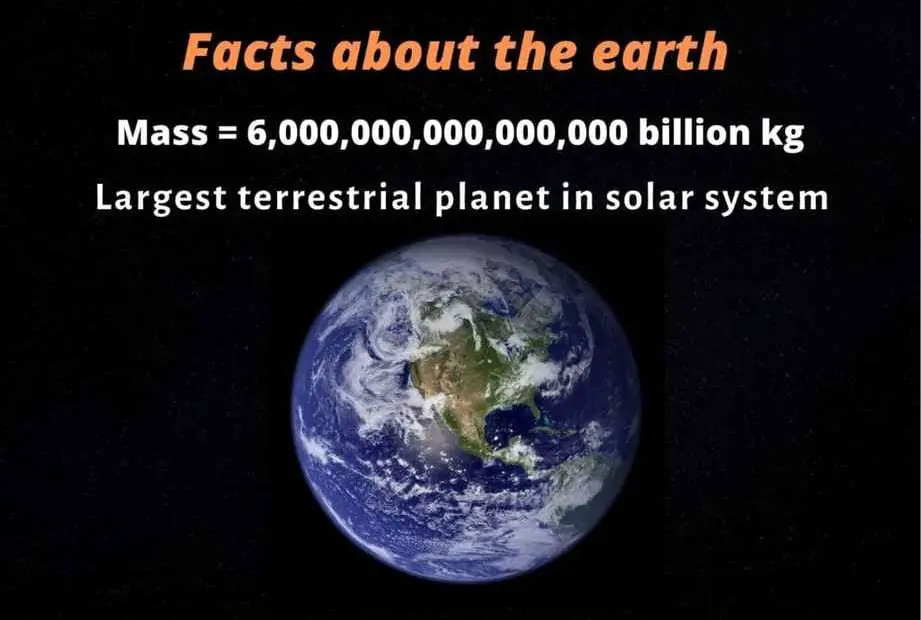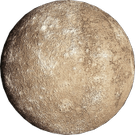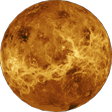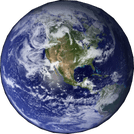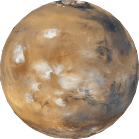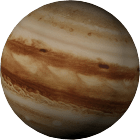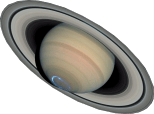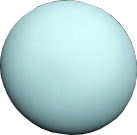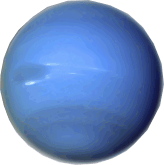It is always fascinating to know facts about the earth because this is our home planet. The earth is the only life-supporting known planet. Earth formed around 4.5 billion years ago and is 3rd planet from the sun.
Earth is the largest terrestrial planet and the 5th largest planet in our solar system.
⇒ Do you know…
“According to the data of Global Biodiversity, there could be almost 2 million to 1 trillion species currently living on earth. In these species, more than 80% are not described yet. Also, more than 99% of species have vanished that ever lived on the earth”.
One of the most precious facts about the earth is; that it has enough water and oxygen that supports life.
- Approximately 71% of the earth’s surface area is covered with ocean water and 29% is covered with continents, islands, rivers, and lakes.
Information and Facts about Earth
In this article, we have mentioned some interesting and informative earth facts. Its physical characteristics such as its mass, volume, temperature, etc, and other facts like its deepest point, the highest point, and many more facts about Earth are given here.
Earth Facts |
|
| 1. | Our earth is a spheroid, not a perfectly spherical body. There is a difference between the equatorial and polar radii of the earth. |
| 2. | More than 99% of species that ever lived on the earth have been extinct. |
| 3. | Around 29% earth’s surface area is covered with continents, islands, rivers, and lakes. Whereas approx 71% of the earth’s surface area is covered with ocean water. |
| 4. | The mean radius of the earth is 6371 km and there is a difference of 21 km between equatorial and polar radii. |
| 5. | Our earth is the largest terrestrial planet in the solar system. The volume of the earth is 1.08 ×1012 km3. According to the volume of the Sun, 1300000 earth can enter inside the sun. |
| 6. | This is the most massive terrestrial planet, the mass is around 5,980,000,000,000,000 billion kilograms. |
| 7. | Earth is the densest planet in our solar system. Comparing the average density, it is almost 4 times greater than the average density of the sun. |
| 8. | The orbital speed of the earth around the sun is 29.8 km/sec. |
| 9. | Axial tilt or obliquity is the reason for developing seasons on the earth. The earth’s axial tilt varies from 22 – 24.5 degrees over a long cycle period of 41000 years. |
| 10. | The core temperature of the earth is approx 5600-degrees Celsius. It is more than the surface temperature of the sun. |
| 11. | The structure of the earth is divided into 3 basic layers; crust, mantle, and core. |
| 12. | Mariana trench is the deepest place on the earth which is around 11034 m below sea level. |
| 13. | Mount Everest is the highest mountain on earth and it is 8848 m above sea level. |
| 14. | The earth has only one natural satellite and it is our ‘moon’. |
| 15. | The magnetosphere region of the earth protects the atmosphere from harmful solar and cosmic radiation. |
These were the 15 earth facts in short form. Below are given facts about the earth in detail with some other information about the earth.
⇒ Radius
The earth is not a perfectly spherical body, so it is a spheroid. There is a small flatness on the polar side, because of the radius difference between equatorial and polar radii. The mean radius of the earth is 6371 km and the difference between equatorial and polar radii is 21 km.
- Equatorial radius = 6378 km
- Polar radius = 6358 km
- Mean radius = 6371 km
⇒ Volume
The volume of the earth is 1.08 ×1012 km3. Whereas the volume of the sun is 1300000 times of the earth, so in the sun 1300000 earth can enter. Still, it is the largest terrestrial planet of the solar system.
⇒ Mass
This is the most massive terrestrial planet and 5th massive planet in our solar system. The mass of the planet earth 5.98 × 1024 kg.
Mass = 5.98 × 1000,000,000,000,000 billion kilograms.
⇒ Density
Earth is the densest planet in our solar system, whereas the 2nd densest planet is Mercury. The density of the earth varies from surface to core (center). The average density of the earth is almost 4 times greater than the average density of the sun.
- Average density = 5.5 gm/cm3
- Core density = 13 gm/cm3
| Check About:- Density of All Planets in Solar System With Facts |
⇒ Surface gravity
The acceleration due to gravity or the value of the ‘g’ for the earth is 9.8 m/sec2.
- (Read about:– Gravity and Gravitational Force)
⇒ Escape velocity
The escape velocity of the earth is the minimum speed needed for any object to be free from the gravitational effect of the earth.
Escape velocity = 11.2 km/sec
⇒ Rotation
The earth takes almost 365 days and 6 hours to rotate in a fixed orbit around the sun. The orbital speed of the earth around the sun is 29.8 km/sec. As we know it also rotates around its rotation axis and here it takes ‘23 hours 56 min 4 sec’ to complete one rotation.
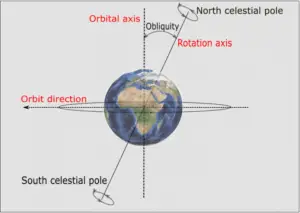
| Must Check:- How Do All Planets Revolve Around Sun |
⇒ Obliquity (axial tilt)
Axial tilt is the reason for developing seasons on the earth. Its axis is tilted almost 23.5 degrees, which is the angle between the rotational axis and the orbital axis. The orbital axis is perpendicular to the orbit plane.
Axial tilt is called obliquity and it varies from 22 – 24.5 degrees over a long cycle period of 41000 years.
| Check About:- Why and How do Seasons Change on Earth? |
⇒ Temperature
Seasonal changes in climate occur on the earth due to its obliquity. So there is variation in temperature that has been measured at different locations till now.
- Maximum temp = 57 degree Celcius
- Minimum temp = -89 degree Celcius
- Average temp = 15 degree Celcius
It is a good fact that the core temperature of the earth is slightly more than the surface temperature of the sun. The core temperature of the earth is approx 5600-degree Celcius. I personally consider it the best fact about Earth.
⇒ Pressure
Atmospheric pressure on earth is 1.01325 bar. The composition of the earth’s atmosphere is Nitrogen (78%), Oxygen (21%), Argon (0.93%), and some amount of other gases like Carbon dioxide.
1 bar = 105 N/m2 = 105 Pascals
⇒ Structure of the Earth
The mass of the earth is almost 6 × 1024 kg. It is made of mostly iron(32%), oxygen(30%), silicon(15%a), magnesium(13%), sulphur(3%), nickel(2%) and other elements are also present like aluminium and calcium in very less amount. The core of the earth has 89% iron and 6% nickel.
The earth is divided into 3 basic layers; crust, mantle, and core.
Crust – the earth’s surface is covered by this layer. It is almost 100 km below to surface.
Mantle – this layer is found between 100 to 2900 km below to surface and is made of solid and melted rocks.
Core – it is found between 3000 to 6400 km below to surface. The inner core temperature ranges from 5000 to 6000 degrees Celcius.
⇒ The deepest point on earth
Mariana trench is the deepest place on the earth. It is 11034 m below sea level. This trench is located in the pacific ocean.
⇒ The highest point on earth
Mount Everest is the highest mountain on earth. It is 8848 m above sea level and located between Nepal and China border in the Asia continent.
⇒ The natural satellite of earth
The earth’s natural satellite is the ‘moon’. The gravitational force of the sun enables the earth to orbit around it, in the same way, the gravity of the earth enables the moon to orbit around the earth. The gravitational force between the earth and the moon causes the tides in the ocean.
- (Read about:– Interesting facts about the Moon)
⇒ Earth’s Magnetosphere
The magnetic field of the earth and charged ions or plasma of outer space creates a region outside of the earth called the magnetosphere.
- This magnetosphere region of the earth protects the atmosphere of the earth from harmful solar and cosmic radiation.
It has extended almost 70,000 km dayside all around the earth. Whereas at night side it can extend up to 6,300,000 km from the earth’s surface. The magnetosphere includes one of the interesting facts about the earth. So here, know more about the magnetosphere of the earth.
These were some interesting facts and information about our Earth. Our earth is our mother planet, you should know some facts and information about it.
We should always try to keep the earth naturally. Because it is where we all have born and live.
Must Check:-
- When is the End of the Earth?
- Asteroids: Types, and Near-Earth Asteroids with Facts
- Comets: All About Comets in Our Solar System
Reference:- https://en.wikipedia.org/wiki/Earth
- 5 Best Solar System Backpacks in 2024

- Mass of Planets in Order from Lightest to Heaviest
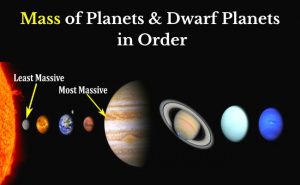
- Star Projector {2024}: Star Night Light Projector

